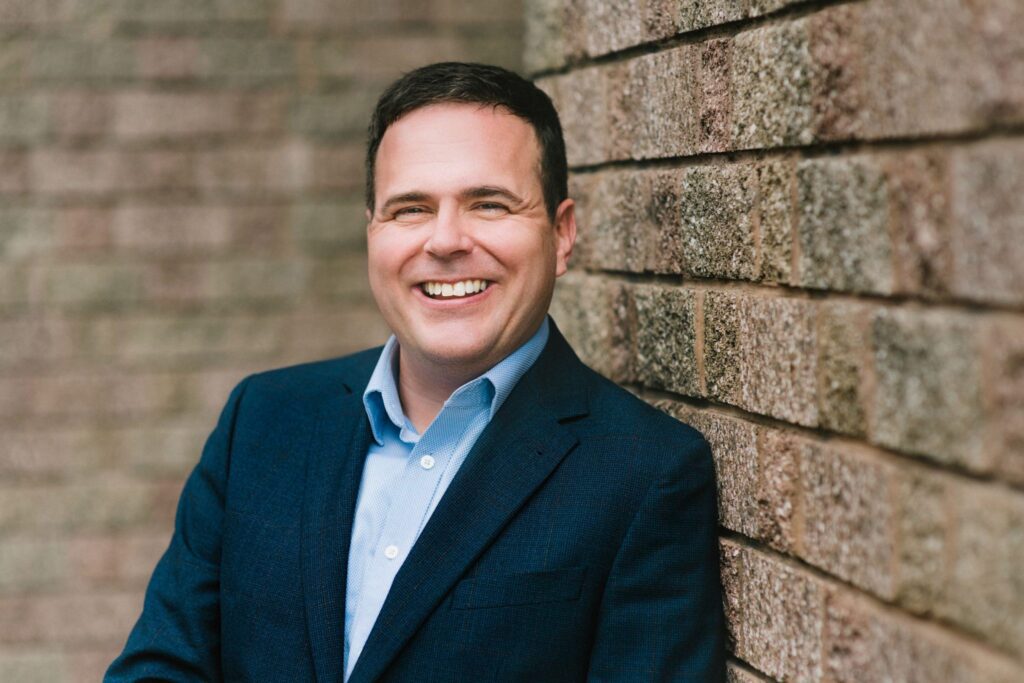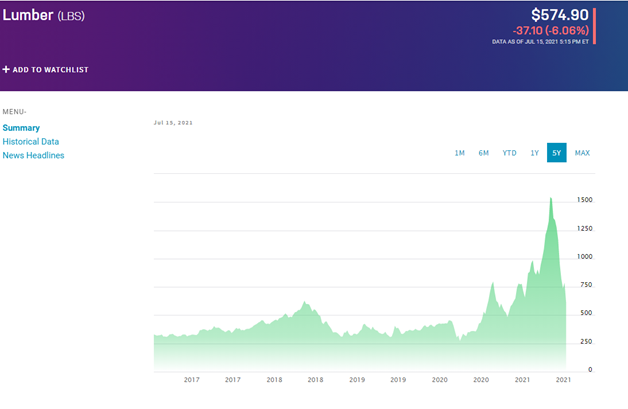Here we are at midsummer (although many days have felt more like spring or fall) and there are simply too many interesting economic topics to write about. So, I’m doing the Jonathan equivalent of a “clip show” which means I’m going to hit on a couple of topics from present and past in the hopes of creating a coherent blog post.
Somebody Shrank My Ice Cream
The other day while I was in the store I decided to pick up a container of Tillamook ice cream to go with rhubarb sauce made from the plants in our backyard. I reached into the freezer case and grabbed my chosen victim. As I pulled said victim from the case I noticed that it was considerably shorter than the last package of Tillamook that I’d purchased. The company has shrunk the packaging from 1.75-quart package down to 1.5-quart package. As the price for the unit was the same as it had been previously, the company had effectively passed on a 16 percent price increase to me. Shrinking packages and unit volumes while charging the same amount for a product is an age-old consumer industry trick for raising prices without angering customers (until they figure out they are getting less). This practice contributes to consumer price inflation. In last week’s blog post Paul Hanson asked the question “Will the Fed ‘get it right’?” with respect to inflation. If you didn’t read the post, please do. Inflation is at its highest point in 13 years. That’s not a surprise as 13 years ago was when the economy started to spring back from the 2007/2008 financial meltdown. The question is whether inflation is transitory: Fed Chair Powell thinks that in the medium term it will be transitory. There have been some very high-profile cases of inflation. Timber, for example, was a darling media example just two months ago. Well, good news for all the woodworkers and builders out there the inflationary lumber bubble has popped, and current prices are down to 2018 highs.
Source: https://www.nasdaq.com/market-activity/commodities/lbs
As Paul noted in his post, we’ll be watching for stickier forms of inflation such as wages and unfortunately, the price of my ice cream. I don’t see ice cream makers making the container bigger or reducing the unit price any time soon.
Somebody Really Shrank the Dividend (Maybe)
For the first time since the summer of 1981 there is no money in the State of Alaska’s Operating Budget for the Permanent Fund Dividend. Unless the legislature adds money into the budget in an upcoming special session, and the governor doesn’t veto it, there will not be a dividend this fall. In inflation-adjusted dollars the fund has annually paid an average of $1,481 to every citizen of the state. For a program which is one of Alaska’s largest single budget line items I’ve always been amazed at how little has been invested in studying the actual effects of the PFD. We hear a lot of rhetoric, but little of it is backed by research. I guess there is little impetus to study something that has historically been regarded as a near-universal good and where making changes would require grabbing the proverbial third rail. In any event for nearly the last decade Alaska has been lucky to be the home of Mouhcine Guettabi with the Institute of Social and Economic Research. He’s put together a summary of known and estimated effects of the Permanent Fund Divided program. Even if you have no interest in economic papers, please go read the first five pages of the document. They give a great sense of what the loss of the dividend program will mean. In short, very little effect on long-term employment and consumption, but noticeable impacts on poverty rates, low birth-weight babies, and increased childhood obesity. The paper also gives a great sense of how limited our understanding with respect to the dividend’s effect on educational attainment, migration, personal debt, interactions with health care, etc.
The Recovery in Employment Continues
Last month I wrote about Alaska’s employment recovery from the COVID Pandemic’s economic shock. The June employment estimates were released on Friday July 16th. They show a continuation of the early recovery trends we discussed last month while also reinforcing just how deep the wounds in the Alaska’s economy run. Consider: We have 17,000 more jobs than June 2020 and we’re still down over 30,000 compared to June 2019. We’ve recovered less than 40 percent of the gap. Additionally, the oil and gas sector show no sign of recovery yet with 900 fewer jobs than this time last year. Oil prices are at a three year high and we should see soon if the industry responds or if there’s been a semi-permanent downshift in Alaska’s oil and gas employment.
Jonathan’s Takeaway: Thanks for hanging through our clip show. I hope I’ve given you food for thought and some additional reading. Enjoy the second half of this summer. Grab the sunny days, work hard on the rainy ones, and appreciate your family and friends.
Jonathan King is a consulting economist and Certified Professional Coach. His firm, Halcyon Consulting, is dedicated to helping clients reach their goals through accountability, integrity, and personal growth. Jonathan has 24 years of social science consulting experience, including 17 years in Alaska. The comments in this blog do not necessarily represent the view of employers and clients past or present and are Jonathan’s alone. Suggested blog topics, constructive feedback, and comments are desired at askjonathan@apcm.net.
7/19/21








